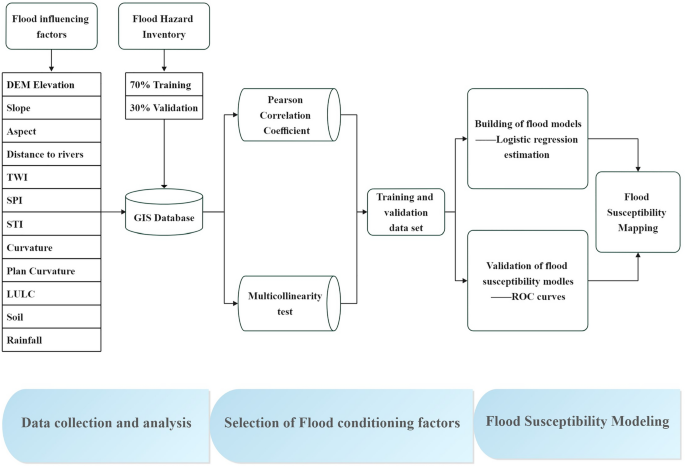- Select a language for the TTS:
- UK English Female
- UK English Male
- US English Female
- US English Male
- Australian Female
- Australian Male
- Language selected: (auto detect) - EN
Play all audios:
NASA news: Hubble captures ‘monster black hole’ 13 million light years awayNASA has reexamined an iconic Hubble Space Telescope image of a distant galaxy, at the centre of which lurks a
supermassive black hole. By Tom Fish 14:29, Wed, Dec 2, 2020 | UPDATED: 15:09, Wed, Dec 2, 2020 Share Article Share Article Facebook X LinkedIn Reddit Bluesky Email Copy Link Link copied
Bookmark Comments Supermassive black hole web is replicated in animation
20 years ago this week, NASA’s Hubble Space Telescope captured an image of the Circinus Galaxy. The space agency now knows that sitting at its centre is what they describe as “a monster
black hole".
TrendingNASA revisited the stunning image, saying: “The black hole is pumping hot gas out of the galaxy's core, forming the purple-coloured streamers near the top of the image.”
Articlecontinues below ADVERTISEMENT
Despite the black hole existing 13 million light-years away, its environment is bright enough to be clearly visible even with amateur telescopes.
However, the galaxy – also known by its technical name ESO 97-G13 – went unnoticed until the 1970s.
This is because the galaxy is located close to the plane of our galaxy, meaning it is hidden beneath the cosmic clouds and gas found there.
READ MORE: NASA’s secret plan to ‘nuke Moscow within three minutes’ exposed by Russian researcher
NASA news: Hubble captured this ‘monster black hole’ 13 million light years away 20 years ago today (Image: NASA)
20 years ago this week, NASA’s Hubble Space Telescope captured an imageof the Circinus Galaxy (Image: Express) READ MORE Asteroid news: NASA announces 'potentially hazardous' rock flyby
This vintage Hubble image shows only the galaxy's central portion, which is approximately one-fifth of its total size.
Circinus is a type 2 Seyfert, a class of primarily spiral galaxies typically boasting compact centres.
And it is in these comic cores massive black holes are believed to reside.
Seyfert galaxies are themselves part of a larger class of objects dubbed Active Galactic Nuclei (AGN).
SUBSCRIBE Invalid emailWe use your sign-up to provide content in ways you've consented to and to improve our understanding of you. This may include adverts from us and 3rd parties based on our understanding. You
can unsubscribe at any time. Read our Privacy Policy
AGNs can swiftly remove gas from their galaxies by expelling it to their vicinity at unimaginable speeds.
NASA has also documented evidence of a powerful AGN sitting at the Circinus Galaxy’s centre.
The space agency said: “Hot pink-coloured gas is being ejected out of the Circinus Galaxy's central region by the massive black hole suspected to be lurking inside.
“Much of the galaxy’s gas, however, is concentrated in two rings.
DON'T MISSStephen Hawking’s ‘black hole time machine’ proposal to NASA [REVEALED]Stonehenge breakthrough: Julius Caesar letter exposes ‘secret’ [VIDEO]Antarctica discovery: Century-old
letter reveals shock find [PICTURES]
Related articles Comet study suggests life on Earth may have alien origins SpaceX launch: Elon Musk says first 9 mile Starship flight this week READMORE ‘China threat’ warning as Change’ 5 prepares for Moon landing
“The outer ring, located about 700 light-years from the centre, appears mostly red and is home to tremendous bursts of star formation.
“A previously unseen inner ring, visible inside the green disk, is only 130 light-years from the centre.”
The nostalgic-look back at one of Hubble’s most famous images neatly coincides with the news our planet is 2,000 light-years closer to the Sagittarius A* than previously thought.
This supermassive black hole, boasting a mass approximately four millions times that of our Sun, is found sitting in the centre of our galaxy.
The radio astronomy project VERA has for the past 15 years been combining information data from around the world to create the most accurate map of the Milky Way ever made.
Circinus is a type 2 Seyfert, a class of primarily spiral galaxies typically boasting compact centres (Image: Getty)
NASA news: Hubble captured a ‘monster black hole’ 20 years ago(Image: Express) Related articles Black hole bombshell: NASA captures monster ‘casting space shadow' Super-planet discovery ‘opens a whole new method’ of star hunting
After zeroing-in the location and speed of approximately 100 specific points in our galaxy, VERA has concluded the supermassive black hole Sagittarius A* is actually 25,800 light-years from
our planet.
This is almost 2,000 light-years closer than astronomers’ previous estimates.
In addition, the experts calculated our planet is hurtling through the void of space far faster than first thought.
Older models estimated Earth's speed at 136 miles per second (220km/s), orbiting around the galaxy's centre.
However, VERA's new model calculates Earth is moving at 141 miles per second (227km/s).






